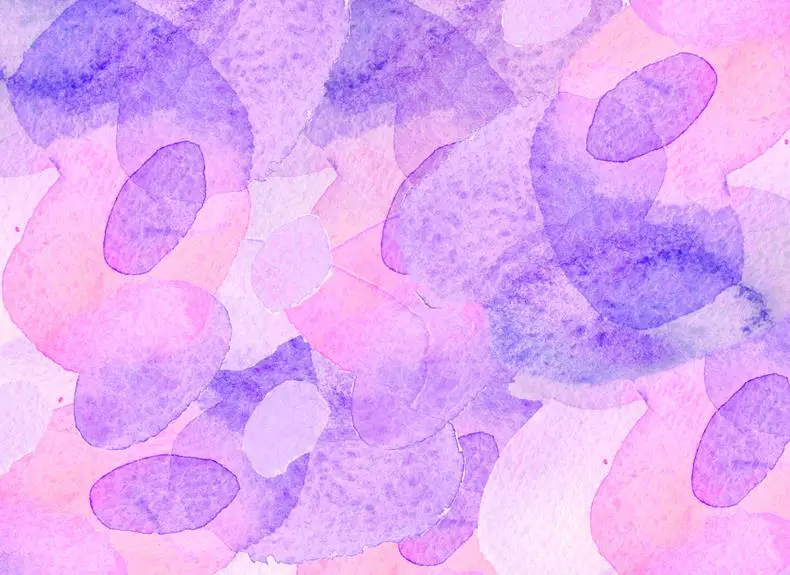Hey there! So, you accidentally spilled some olive oil on your favorite shirt, huh? No worries, we've got you covered with 5 easy ways to remove oil stains from fabrics.
Whether it's dish soap and hot water, baking soda and vinegar, cornstarch absorption, a commercial stain remover, or a lemon juice and salt treatment, we've got the tricks to help you master oil stain removal.
Follow along, and you'll be saying goodbye to those pesky oil stains in no time.
Let's dive in and learn how to tackle this common laundry problem!
Key Takeaways
- The dish soap and hot water method is effective in removing oil stains from fabrics. Dampen the stain with cold water, apply dish soap, soak in hot water, rinse, and launder as usual.
- Using baking soda and vinegar can also help remove oil stains. Sprinkle baking soda, brush off, apply vinegar solution, rinse, and launder.
- Cornstarch can be used as an absorption process to remove oil stains. Cover the stain with cornstarch, brush off, pour boiling water over the stain, pre-treat if necessary, and wash as usual.
- Commercial stain removers can be effective in removing oil stains. Read the instructions, spot test, apply generously, rub in, and launder as directed.
Dish Soap and Hot Water Method
To begin removing oil stains from fabrics using the dish soap and hot water method, first dampen the stained area with cold water. This helps to prevent the oil from setting into the fabric. Then, apply a small amount of dish soap directly onto the stained area. Gently rub the soap into the fabric, allowing it to penetrate the oil.
Now, here's where the heat application comes into play. Fill a basin with hot water, making sure it's not boiling as that could set the stain. Submerge the fabric in the hot water and let it sit for about 15 minutes. The hot water helps to loosen the oil from the fabric fibers, making it easier to remove.
When considering fabric type, be mindful of the heat tolerance. Some fabrics can be damaged by hot water, so it's important to check the care label for any specific instructions.
After soaking, rinse the fabric thoroughly with warm water and then launder as usual.
This method is effective for most oil stains and is gentle enough for many fabric types.
Baking Soda and Vinegar Technique
You can use the baking soda and vinegar technique to effectively remove oil stains from fabrics. This method is a great choice for those looking for chemical-free alternatives and eco-friendly fabric care.
To start, lay the stained fabric on a flat surface and sprinkle baking soda over the affected area. Gently press the baking soda into the fabric to help it absorb the oil. Let it sit for 15-20 minutes. After that, brush off the baking soda and inspect the area for any remaining oil residue.
Next, prepare a solution of equal parts vinegar and water. Apply the solution to the stained area and gently rub it in. The vinegar will help to break down the oil while also acting as a natural deodorizer. Allow the solution to sit for another 15-20 minutes. Then, rinse the fabric with cold water and launder it as usual.
This eco-friendly method isn't only effective but also gentle on your fabrics. It's a great way to tackle oil stains without using harsh chemicals.
Cornstarch Absorption Process
One effective method for removing oil stains from fabrics is by using the cornstarch absorption process. This technique is particularly useful for fresh oil stains. Begin by covering the stained area with cornstarch and letting it sit for 10-15 minutes. The cornstarch will work to absorb the oil from the fabric. After the waiting period, gently brush off the cornstarch. If there's still some oil remaining, you can repeat the process until the stain is no longer visible.
To enhance the cornstarch absorption process, you can use the boiling water technique. Place a paper towel under the stained area and pour boiling water over the stain from a height of about 12 inches. The hot water will help to further lift the oil from the fabric, making it easier for the cornstarch to absorb the remaining oil.
For tougher oil stains, consider using the cornstarch absorption process as a pre-treatment before washing the fabric. Once the stain is less visible, apply a laundry pre-treatment process before washing the garment as usual. This method can effectively remove oil stains, leaving your fabrics looking clean and fresh.
Commercial Stain Remover Application
After using the cornstarch absorption process to treat fresh oil stains, consider applying a commercial stain remover to tackle tougher or set-in stains. When using a commercial stain remover, follow these steps for best results:
- Read the Label: Always read the instructions and warnings on the label of the commercial stain remover. Different products have different application methods and waiting times.
- Spot Test: Before applying the stain remover to the entire stained area, test it on a small, inconspicuous part of the fabric to ensure it doesn't cause any damage or discoloration.
- Apply Generously: Apply the stain remover generously to the affected area, making sure to cover the entire stained area. Gently rub the product into the fabric using a clean cloth or sponge.
- Wash as Directed: After applying the stain remover, launder the garment as directed on the care label. If the stain persists, consider using chemical-free alternatives or seek professional dry cleaning.
When using a commercial stain remover, it's essential to carefully follow the instructions to avoid damaging the fabric. If the stain still lingers, consider seeking professional dry cleaning for more stubborn oil stains.
Lemon Juice and Salt Treatment
To start the lemon juice and salt treatment for removing oil stains from fabrics, gather the necessary supplies and prepare a mixture following the instructions provided. This natural remedy utilizes common household ingredients to effectively tackle stubborn oil stains. The acidic nature of lemon juice helps break down the oil, while salt works as an abrasive agent to lift the stain from the fabric.
Here's a simple recipe for the lemon juice and salt mixture:
| Ingredients | Measurements |
|---|---|
| Lemon juice | 3 tbsp |
| Salt | 1 tbsp |
| Water | 1 cup |
- Mix the lemon juice and salt in a small bowl.
- Add the water to dilute the mixture.
- Stir well until the salt is dissolved.
Once the mixture is ready, apply it directly to the oil stain and gently rub it in. Allow it to sit for 15-30 minutes before laundering the fabric as usual.
This natural remedy offers an eco-friendly and cost-effective solution for removing oil stains from fabrics, making it a valuable addition to your stain removal arsenal.
Frequently Asked Questions
Can I Use These Methods on Delicate Fabrics Like Silk or Wool?
Yes, you can use these methods on delicate fabrics like silk or wool. However, be cautious with fabric sensitivity. Silk care requires gentle treatment, and for wool, use a mild stain removal approach.
Will These Methods Work on Old, Set-In Oil Stains?
Yes, the methods are effective for removing old, set-in oil stains. For prevention, blot the stain immediately and use a gentle detergent. Avoid rubbing the fabric and air-dry. These tips will help maintain your fabrics.
Can I Use These Methods on Colored or Patterned Fabrics Without Causing Damage?
Yes, you can use these methods on colored or patterned fabrics without causing damage. Be especially careful with delicate fabrics like silk and wool. Ensure you select a specific dish soap or commercial stain remover and follow the recommended treatment time before washing off.
Are There Any Specific Types of Dish Soap or Commercial Stain Remover That Work Best for Oil Stains?
For oil stains, the best dish soap to use is one with strong degreasing power, like Dawn. An effective stain remover for oil stains is one that contains enzymes to break down the oils.
How Long Should I Let the Fabric Sit With the Treatment Before Washing It Off?
Before washing off the treatment, let the fabric sit for about 10-15 minutes. For effective products, try using dish soap or a commercial stain remover. When washing, ensure you use the appropriate stain removal technique.
- Care Instructions for Nonwoven Fabrics: Washing and Drying - July 11, 2025
- The Difference Between Woven and Nonwoven Wallpaper Explained - July 11, 2025
- Why Choose Woven Over Nonwoven (And Vice Versa) - July 11, 2025







